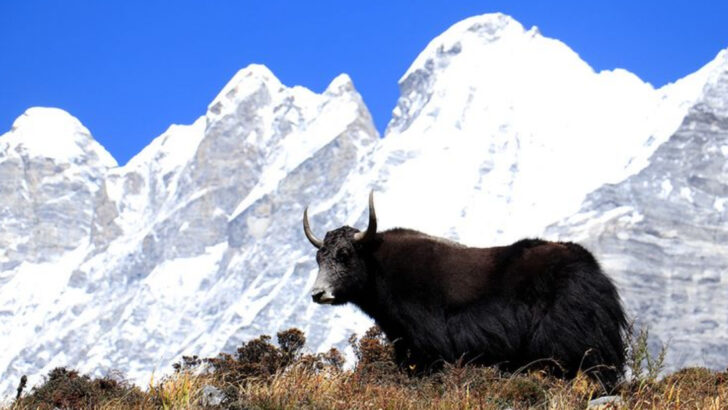Mount Everest isn’t just a graveyard of ice and lost climbers—it’s home.
And not just to snow and silence, but to creatures that defy logic. Animals that thrive where humans gasp, freeze, and bail. Where the air is thin, the winds are brutal, and survival feels like a fantasy.
From ghost-like snow leopards to birds that fly over the summit like it’s a speed bump, these Everest locals are tough, wild, and frankly, a little insane.
They don’t just survive up there—they own it. So before you think Earth’s tallest peak is lifeless, meet the 18 beasts rewriting the rules of what’s possible at the top of the world.
Snow Leopard

With the grace of a ghost, the snow leopard silently navigates the rugged terrain of the Himalayas. Its thick, spotted fur provides warmth and camouflage against the snow-dusted rocks.
Adapted for steep climbs, its powerful limbs and long tail aid in balance. This elusive cat primarily hunts bharal, or blue sheep, showcasing remarkable hunting prowess.
Despite harsh conditions, snow leopards are solitary survivors, rarely seen by humans. Conservation efforts aim to protect these secretive creatures, whose numbers are dwindling due to poaching and habitat loss.
Himalayan Tahr
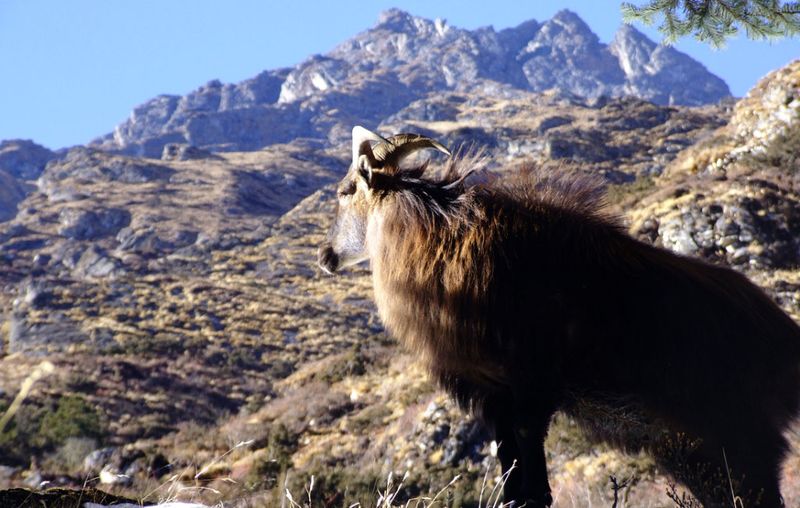
The Himalayan tahr thrives on the precipitous cliffs of Everest, its agile hooves expertly gripping the rock faces. With a thick reddish-brown coat, this ungulate withstands frigid temperatures.
Famed for their impressive backward-curving horns, tahrs live in herds, offering protection against predators like snow leopards. During winter, they descend to lower altitudes to forage.
Their remarkable climbing skills and adaptability make them resilient inhabitants of this extreme ecosystem. However, habitat encroachment poses a significant threat to their survival.
Bharal (Blue Sheep)
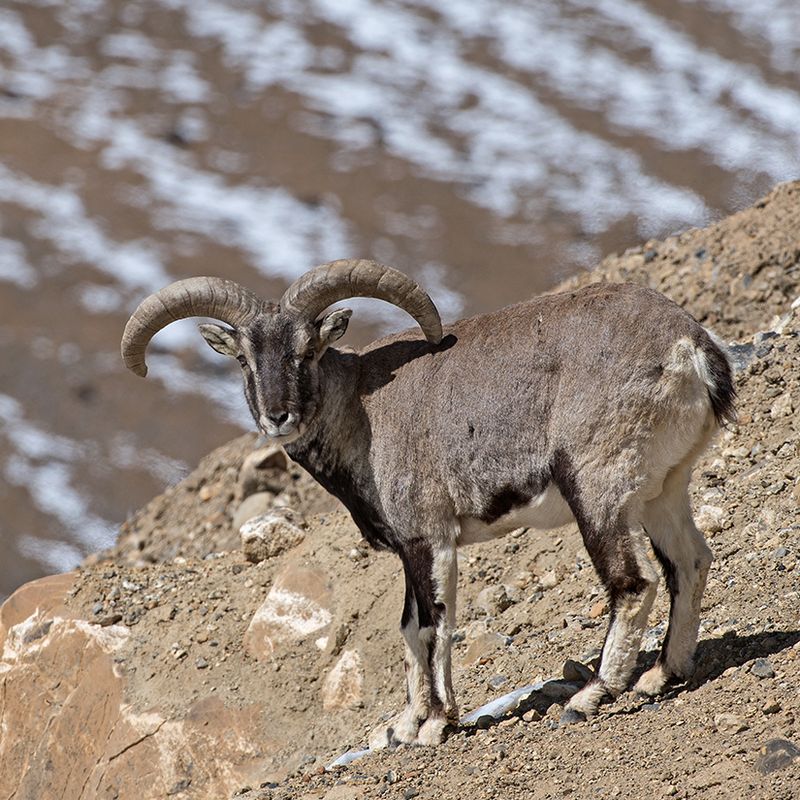
Blending seamlessly with the rocky environment, the bharal’s slate-blue coat acts as perfect camouflage. These agile cliff-dwellers graze on sparse vegetation, even in treacherous terrain.
The curved horns of the bharal are not just for show; males engage in impressive head-butting contests during the mating season. Predominantly hunted by snow leopards, they rely on agility to escape.
Despite being called blue sheep, they are more closely related to goats. Their ability to adapt to high altitudes ensures their survival on Everest’s slopes.
Himalayan Monal
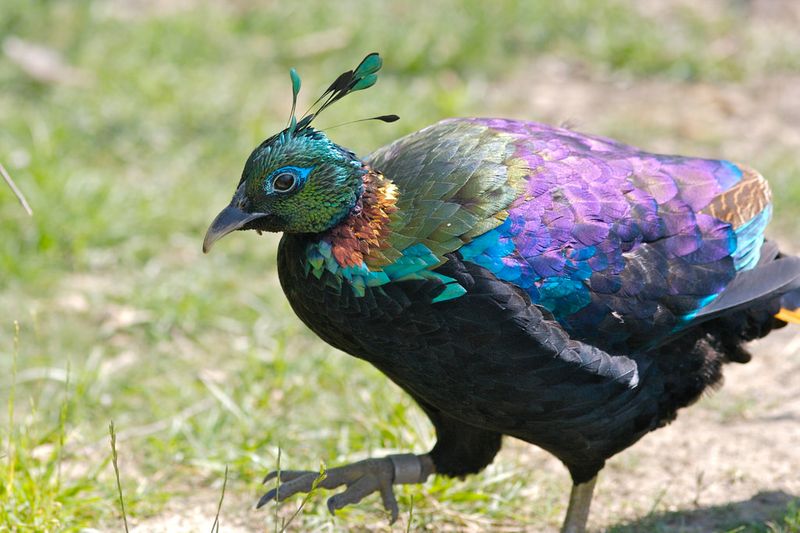
The Himalayan monal, Nepal’s national bird, dazzles with its iridescent feathers shimmering in a rainbow of colors. Found flitting between the rhododendron and oak forests of Everest’s lower regions, this pheasant adds a splash of color to the landscape.
Males boast a metallic green crest, while females possess more subdued hues, aiding in nesting camouflage. Their loud, musical calls echo through the valleys.
Despite their beauty, monals are hunted for their feathers. Protection measures are essential to preserve this avian gem for future generations.
Red Panda
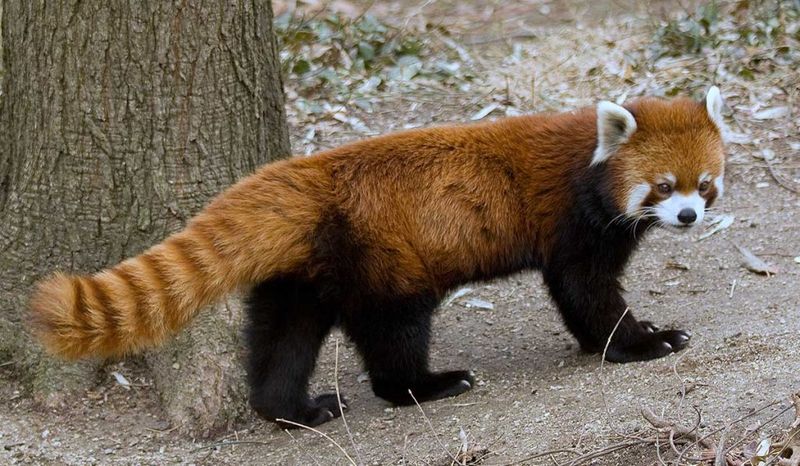
Tucked away in the bamboo thickets, the red panda enchants with its rust-colored fur and masked face. This solitary creature spends most of its time in trees, foraging for bamboo leaves.
Despite their name, red pandas are more closely related to raccoons than giant pandas. Their bushy tails offer balance as they traverse branches.
Threatened by habitat destruction and poaching, conservation efforts are crucial. These charismatic mammals are an emblem of biodiversity in the Everest region, captivating all who glimpse them.
Himalayan Marmot
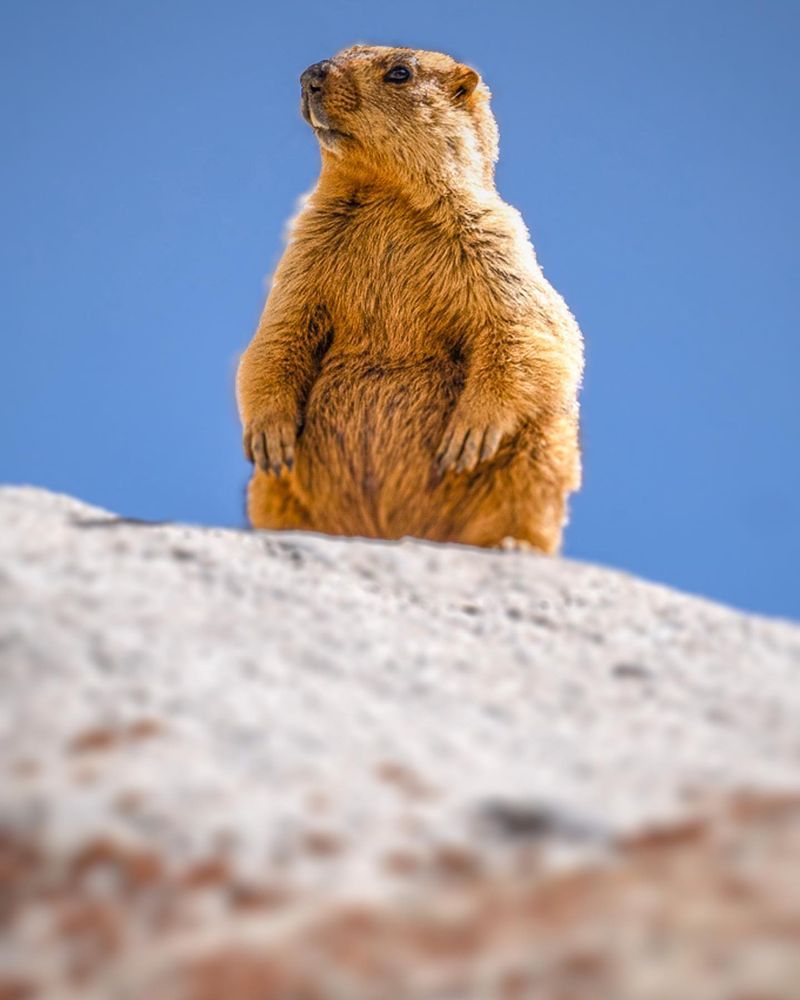
Emerging from burrows in the alpine meadows, the Himalayan marmot is a sentinel of Everest’s ecosystem. With thick golden-brown fur, these marmots hibernate through harsh winters.
Living in social colonies, they communicate with sharp whistles, alerting others to danger. Marmots feed on grasses and flowers, playing a vital role in the food chain.
Climate change threatens their habitat, making conservation efforts essential. Their endearing nature and ecological importance make them a keystone species in the mountain ecosystem.
Himalayan Yak
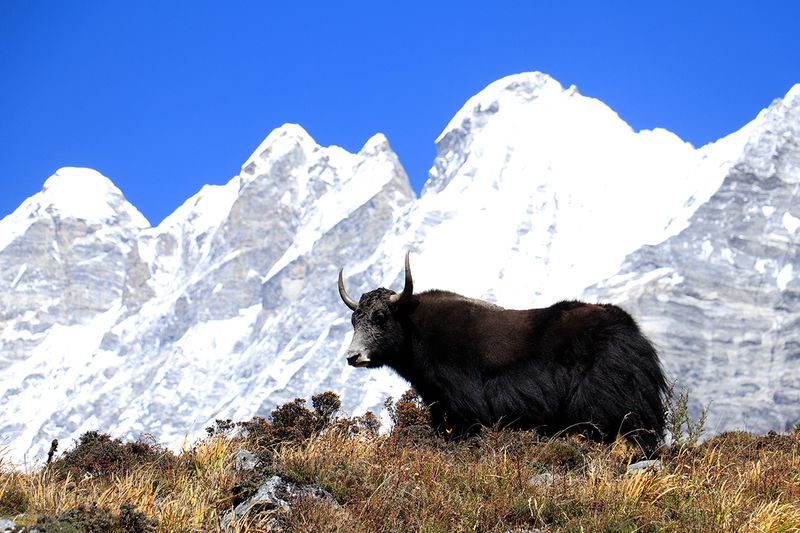
The Himalayan yak, with its thick, shaggy coat, is synonymous with the high-altitude terrains of Everest. These mighty bovines are essential to the lifestyle of local communities, providing milk, meat, and clothing.
Yaks are well-adapted to cold, thin air, making them vital for transportation in the harsh mountainous regions. Their large lungs and unique blood cells enable efficient oxygen use.
As climate change impacts their habitat, the yak remains a symbol of endurance and adaptation, crucial to both the ecological and cultural tapestry of the Himalayas.
Pika

The pika, a small lagomorph, scurries across the rocky slopes of Everest, gathering food for the long winter months. With rounded ears and a diminutive stature, these creatures are well-suited to high-altitude life.
Pikas emit high-pitched calls, often heard echoing through the mountain passes. They collect and store grass and flowers in ‘haypiles’ to survive the snow-laden months.
Climate change poses a threat, as they are highly sensitive to temperature changes. Their survival reflects the delicate balance of life at high altitudes.
Tibetan Wolf

The Tibetan wolf prowls the vast, icy expanses of Everest, its pale gray coat blending with the snow. Known for their endurance and keen senses, these wolves hunt in packs, preying on smaller mammals.
Their haunting howls echo across the barren landscape, a testament to their dominance. These wolves are highly adapted to cold climates, with thick fur and a robust constitution.
Conservation efforts are crucial as habitat loss threatens their existence. The Tibetan wolf represents the untamed spirit of the mountainous regions.
Golden Eagle
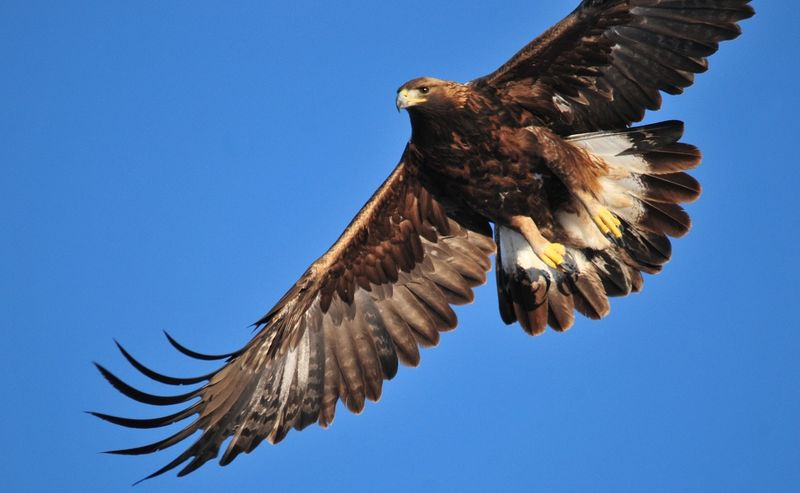
Soaring high above Everest’s peaks, the golden eagle reigns supreme in the skies. With a wingspan that commands attention, these raptors hunt with unparalleled precision.
Their keen eyesight allows them to spot prey from great distances, swooping down with incredible speed to capture marmots and hares.
Golden eagles symbolize power and freedom, yet they face challenges from habitat disruption. Protecting these magnificent birds ensures the ecological equilibrium of the region is maintained.
Snowcock
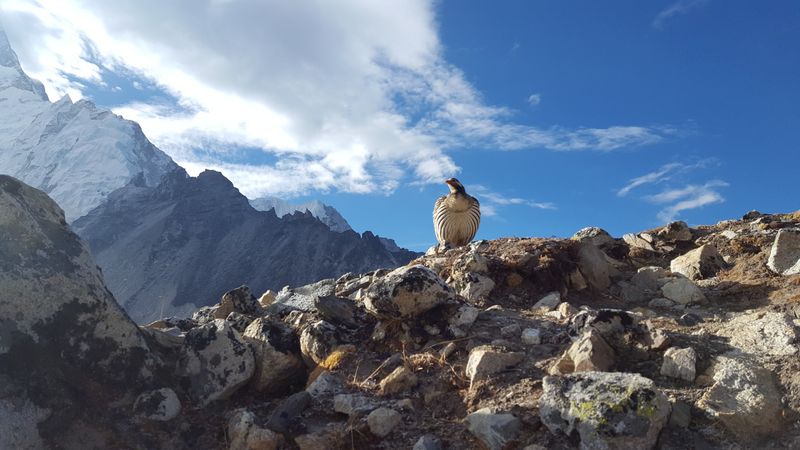
Himalayan snowcocks, with their mottled gray and brown plumage, are masters of camouflage. Found on rocky outcrops, they blend seamlessly into Everest’s rugged backdrop.
These birds live in flocks and are known for their distinctive, whistling calls that echo through the mountains. Their diet consists of seeds, berries, and small insects.
Adapted to high altitudes, snowcocks are resilient, but habitat loss poses a threat. Their presence is a testament to the rich avian diversity in the Everest region.
Himalayan Griffon
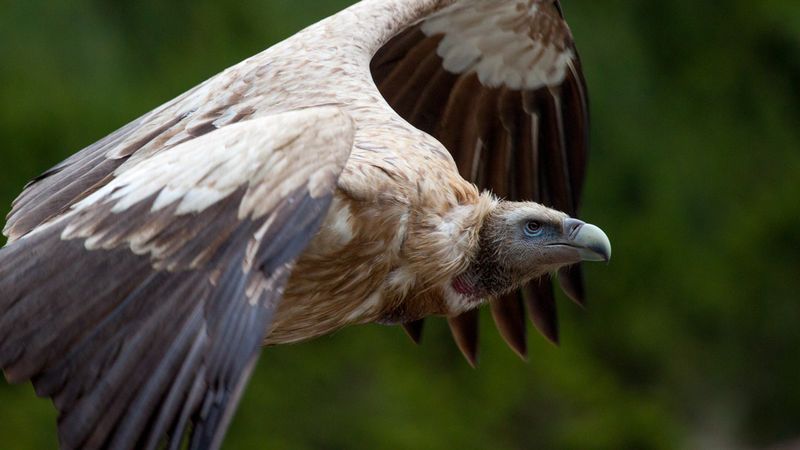
The Himalayan griffon, one of the largest vultures, casts imposing shadows as it glides over Everest. With a wingspan reaching up to 10 feet, these scavengers play a crucial role in the ecosystem.
Feeding mainly on carrion, they help in keeping the environment clean. Their keen eyesight allows them to spot carcasses from great heights.
Despite their size, griffons face threats from poison-laden carcasses. Conservation initiatives aim to protect these remarkable birds, vital for ecological balance.
Tibetan Gazelle
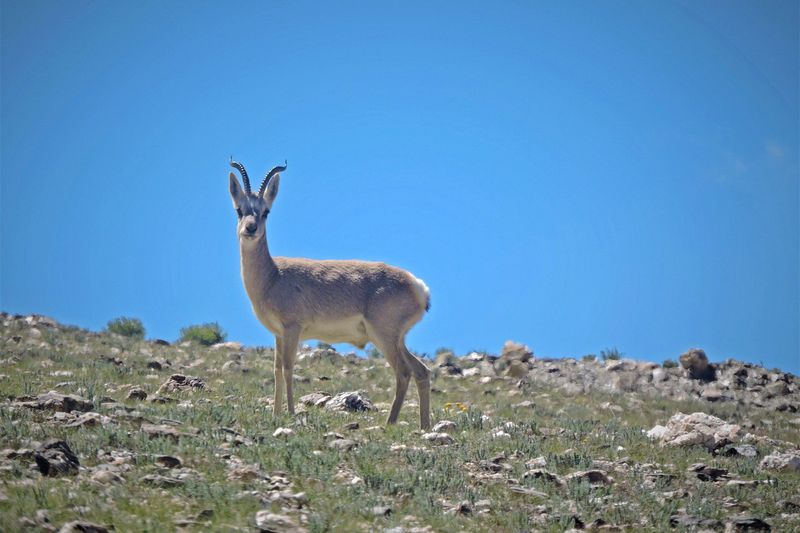
The Tibetan gazelle, with its slender build and elegant horns, grazes on Everest’s sparse vegetation. These antelopes are remarkably agile, moving swiftly across the rugged landscape.
Living in small groups, gazelles rely on speed and vigilance to avoid predators. Their fur provides insulation against the cold, harsh winds.
As humans encroach on their habitat, preserving these graceful creatures becomes imperative. They are a symbol of resilience and beauty in the harsh Himalayan environment.
Himalayan Black Bear

Among the dense forests of Everest’s lower slopes, the Himalayan black bear roams, foraging for fruits and insects. Its thick black fur and characteristic white chest mark make it easily recognizable.
These bears hibernate during the winter months, relying on stored fat. They play a crucial role in seed dispersal, contributing to forest regeneration.
Human activity and habitat loss threaten their survival, making conservation efforts vital. The black bear’s presence is a reminder of the rich biodiversity that thrives in Everest’s shadow.
Tibetan Antelope (Chiru)
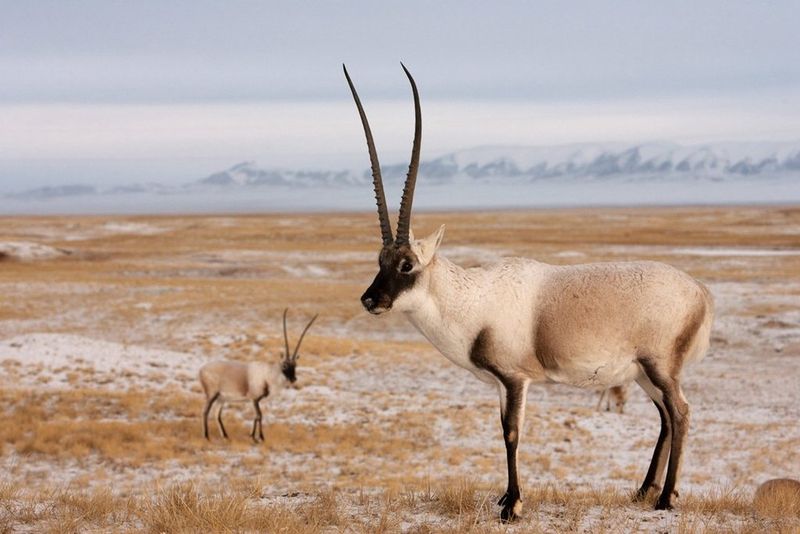
The Tibetan antelope, known as chiru, graces the windswept plateaus of Everest with elegance. Its sleek body and spiral horns are iconic, adapted for the harsh, cold environment.
Chirus migrate seasonally in search of food, showcasing remarkable endurance. They were once hunted extensively for their fine underfur, shahtoosh, which nearly led to their extinction.
Strict protection measures have been implemented, allowing populations to recover. The chiru stands as a symbol of conservation success and the enduring spirit of Himalayan wildlife.
Brown Bear

Lumbering through Everest’s rocky terrain, the brown bear is a formidable presence. With thick fur and a muscular build, these bears are adept at surviving in harsh conditions.
Brown bears are omnivorous, feasting on roots, berries, and small mammals. They hibernate in winter, conserving energy through the cold months.
Human encroachment and climate change threaten their habitat, highlighting the need for protective measures. The brown bear remains an enduring symbol of strength and adaptability in the wild.
Himalayan Fox
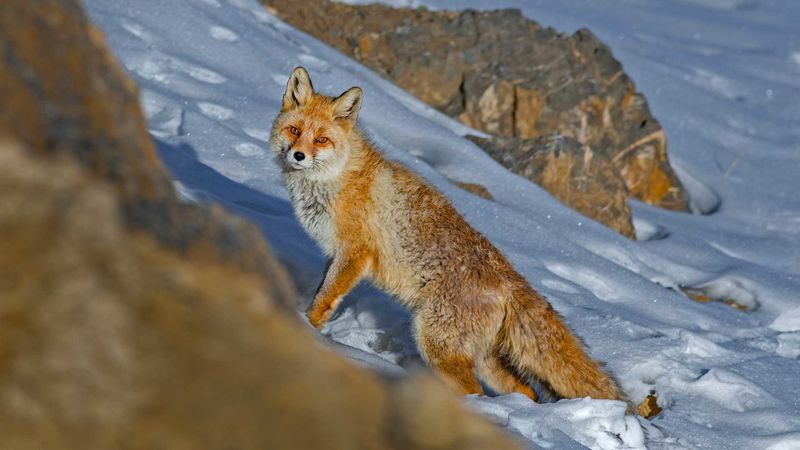
Trotting across the snow-laden landscape, the Himalayan fox is an agile hunter. Its reddish coat provides warmth and camouflage against the snowy backdrop.
These foxes are solitary creatures, skilled in hunting small mammals and birds. Their bushy tails offer balance and help in maintaining body heat.
Despite the challenges of their environment, they are resilient and adaptive. Their presence in Everest’s ecosystem is crucial for maintaining the balance between predators and prey.
Bar-headed Goose

The Bar-headed Goose is renowned for its high-altitude flight over the Himalayas. Weighing merely 5 pounds, this bird holds the record for the highest flying altitude among birds. Its secret? Unique physiological adaptations enable it to thrive on limited oxygen.
Imagine wings slicing through thin air, as it migrates across daunting mountain ranges. This bird’s resilience is awe-inspiring. It can maintain energy levels despite the chilling cold.
Interestingly, its heart is capable of operating efficiently with scant oxygen, setting it apart from many other avian species. Truly, a marvel of nature!

